Tips and Scaffolds to Aid Handwriting Skills
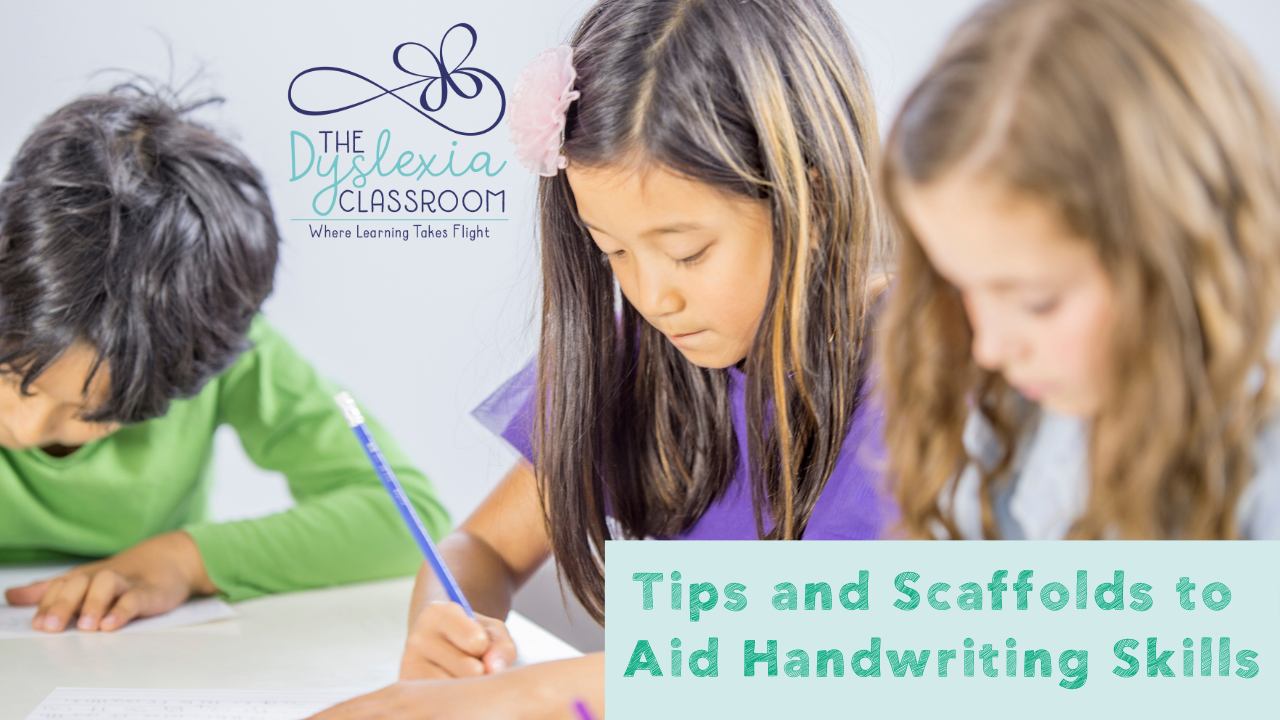
Do you remember when you first learned to drive a car? There is a lot of thinking going on! The number of things you had to think about - how to start the vehicle, checking the mirrors, making sure the seat was in the correct position, looking carefully at the dashboard, making sure you used your blinker, the list goes on and on.
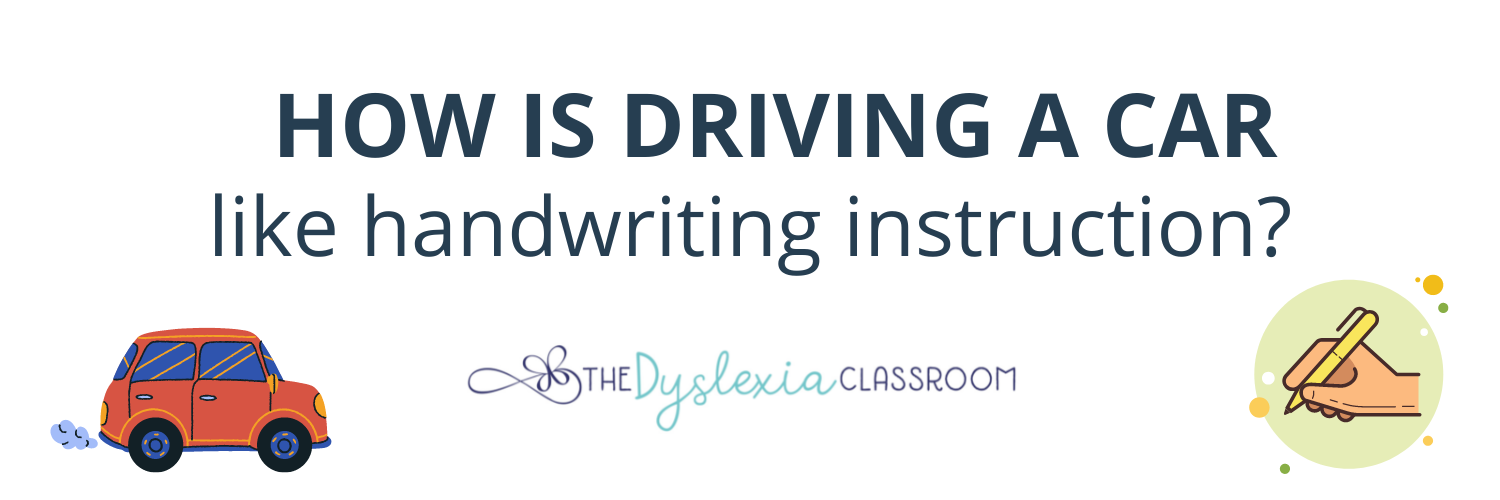
Learning to write legibly is similar to learning how to drive a car. At first, it takes a lot of practice and cognitive energy, but once automatic driving and handwriting are done easily, it frees up mental energy for other things. A lot is going on.
Handwriting instruction is essential for all students, especially those with dyslexia and dysgraphia. Until students can form letters with reasonable legibility and speed, their concentration and focus are often spent on letter production. When students have not reached automaticity of letter formation, it taxes the working memory and places higher demands on cognitive resources.
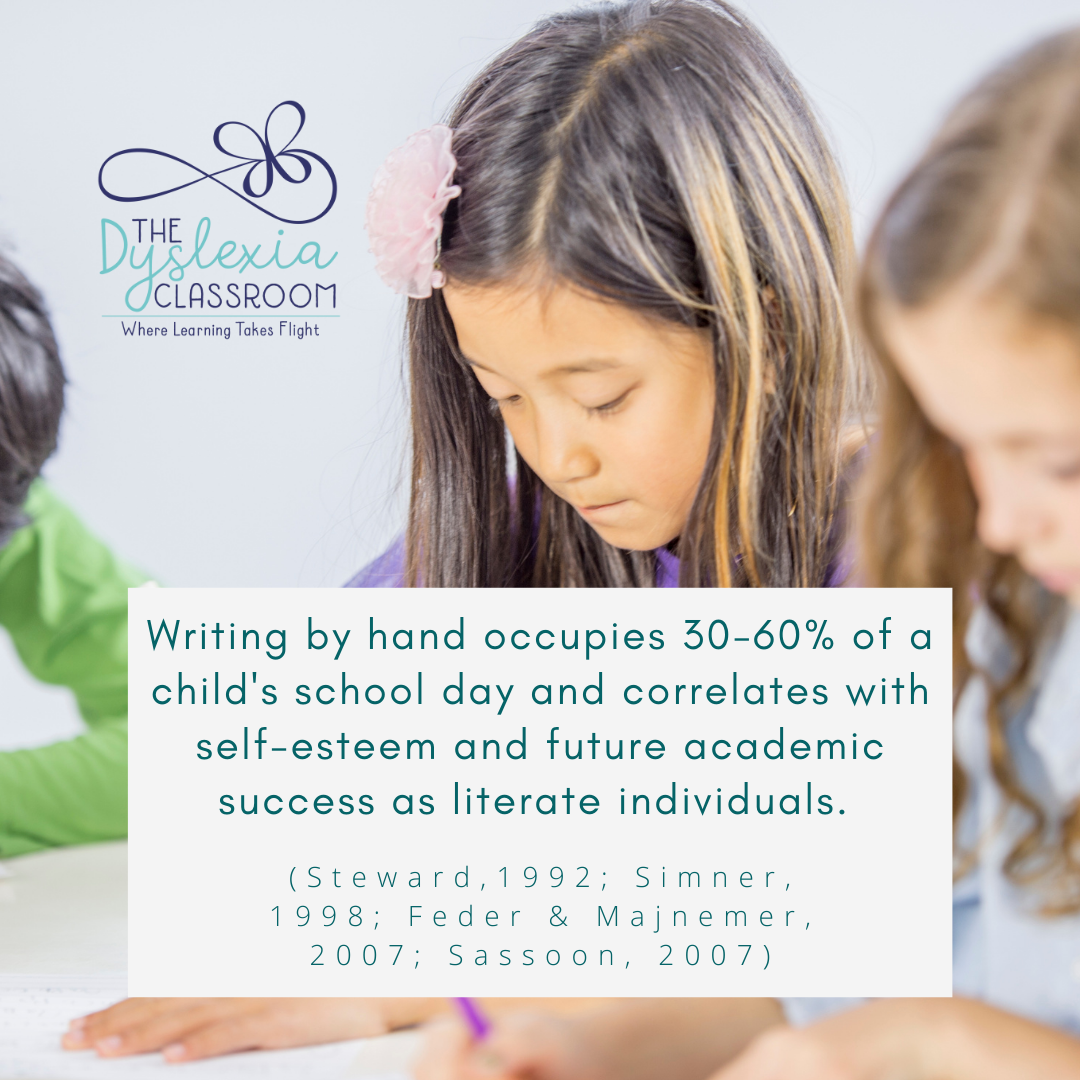
Why Teach Handwriting?
T...
Simple Ways to Build Fine Motor Skills with Children

While we think of handwriting skills in school-age children, early development plays a role in children gaining pencil control. There is so much we can do to build those early writing skills before children pick up a pencil!
Developing large and fine motor skills is the basis for handwriting skills and the proper instruction. Often when working with older or early elementary students who struggle with handwriting, I will embed some work with fine motor skills.
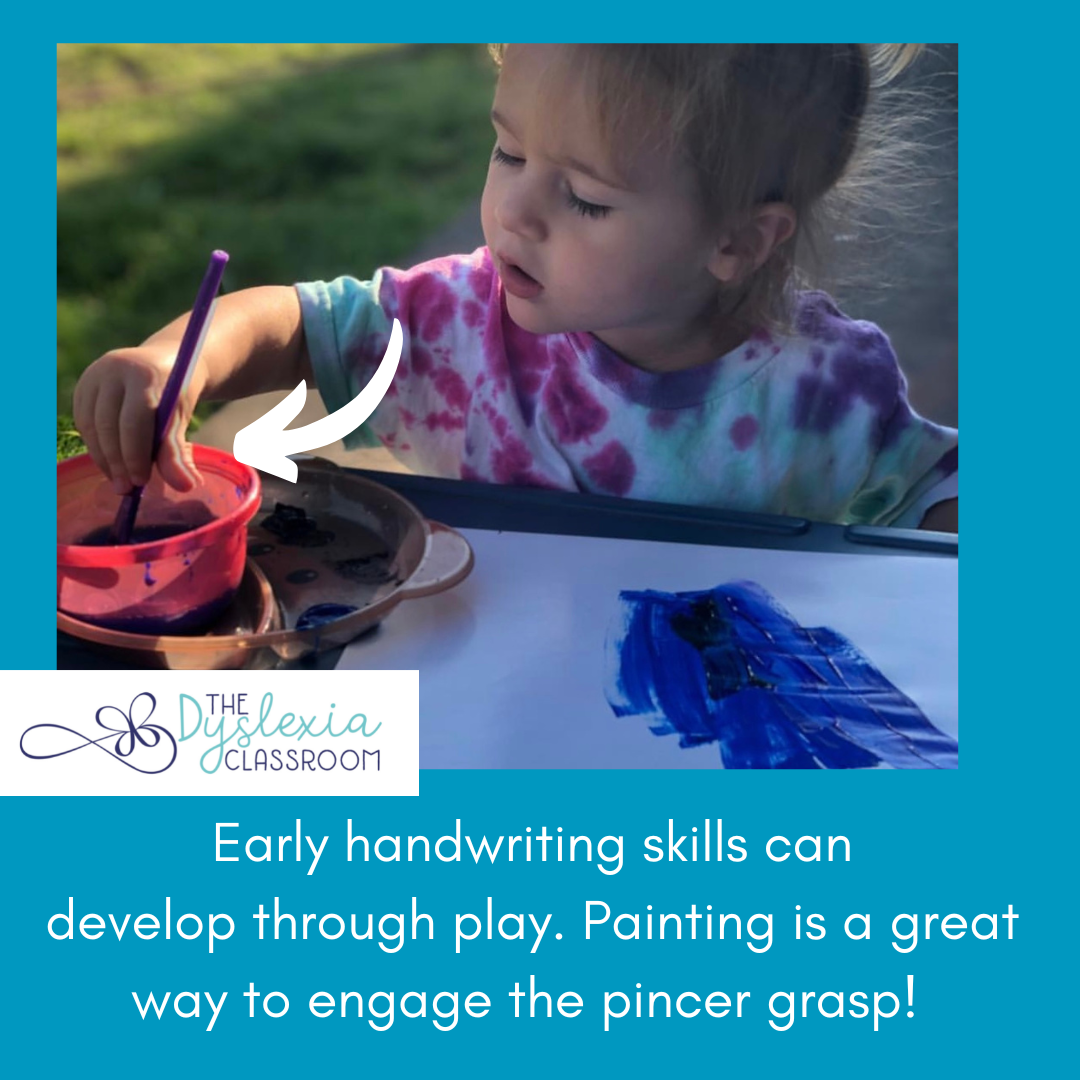
How Children Use A Pencil
To hold a pencil correctly, a child must have control of hand muscles, especially the pincer grasp. If you look closely at the grip this little two-year-old uses to hold her paintbrush, you can see her use of the pointer finger and her thumb (pincer grasp) to hold the brush. Her pincer grasp is developed enough for her to move toward the five-finger pencil grasp and eventually to the three-finger pencil grasp used for writing. It is important to note that there are stages of development for pencil...
Learning Through Sand Play
This is part 2 of the Learning At The Beach series. Click HERE to read part 1.
We made it back home from our fun-filled week at the beach with buckets of shells and happy hearts. 🌊 While it was a week full of fun, we also snuck in some learning. Last week, I shared how we played activities like "Beat the Wave" and "Sandy Sound Dictation." This week, I'm sharing some more activities that we played in the sand as part 2 of the mini-series, Learning at the beach.
One of the powerful reminders for us as parents and educators is that it is possible to play with a purpose. Playful learning can set the stage for enjoyable interactions, reduce the stress sometimes associated with reading, and engage students in reading tasks while still focusing on a learning objective. Here are some additional games/activities that we played at the beach. Whether you are headed to the beach this summer or spending it at home or elsewhere, you can certainly bring these activities into your day.
Learning...
Ways to Learn at the Beach
Each year to kick off summer break, I take my three little girls to the beach. They can spend hours playing in the waves and running along the sandy shores. This year they have tackled boogie-boarding, and I foresee some surf lessons in the future!
As a mom and teacher, I am always looking to weave playful learning into our day. Our beach week is no exception! My girls love to play little reading games in the sand. I keep them short and sweet, which keeps them engaged and playful. We played so many different games that I may need to break it up into a 2-part blog post!
Here are just a few of our favorites to play to review and practice some of our reading skills.
- Letter writing in the sand. I have found that students of all ages love to play with sand. Sand provides kinesthetic practice for pre-writing letter formation and letter practice. The drag, or pull, in the sand helps build connections for the learner through what we refer to as multisensory practice or when we are enga...
Is there a link between reversals and dyslexia?
While we want to be alert for the early indicators of dyslexia, there continues to be some misunderstandings surrounding reversals and dyslexia. One of the most frequent questions I receive from parents and educators alike is, "Is there a link between reversals and dyslexia?"
While many people identify reversals as a dyslexic trait, this is not a characteristic associated with dyslexia. There is no evidence that dyslexic minds see or read letters or words backward. In addition, dyslexia is not caused by a problem with vision but is linked to a phonological processing deficit. See the International Dyslexia Association definition on dyslexia below ⬇️.
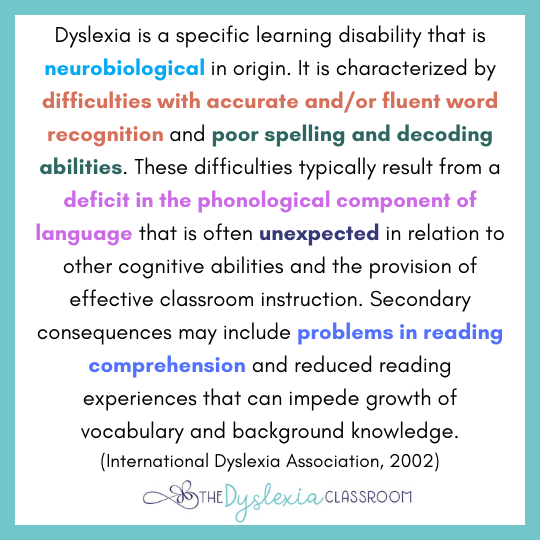
Reversals and Handwriting Development
Many children reverse letters as they begin to learn to read and write. As students learn letters and handwriting skills, we may see letter reversals until age 7 to 8. This is a normal age range for children to still have some reversals in their handwriting. Backward writing and reversals are co...
The Multiple Learning Opportunities of a Spelling Dictation Lesson
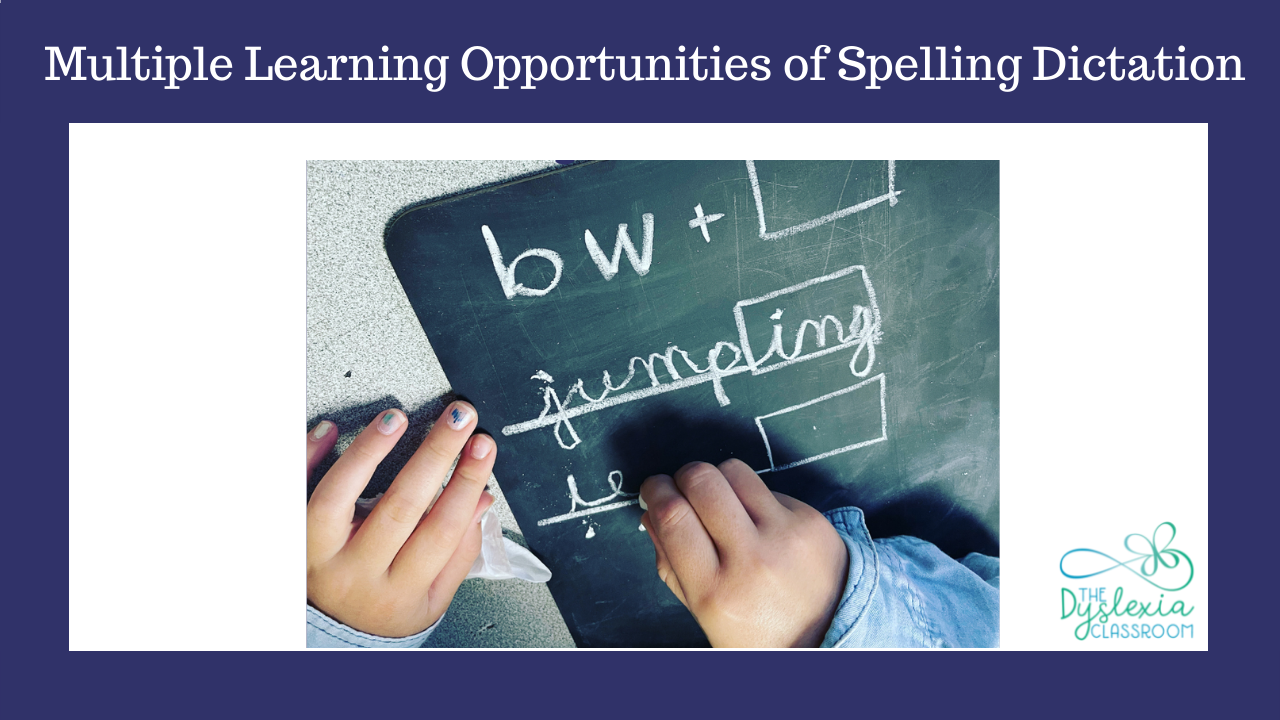
It is said that a picture is worth a thousand words. I like to snap photos of small moments in lessons and reflect on all we've accomplished. It's like a window into learning. I believe in finding ways to have every task target and reinforce multiple aspects of learning. This little photo is a perfect example.👇
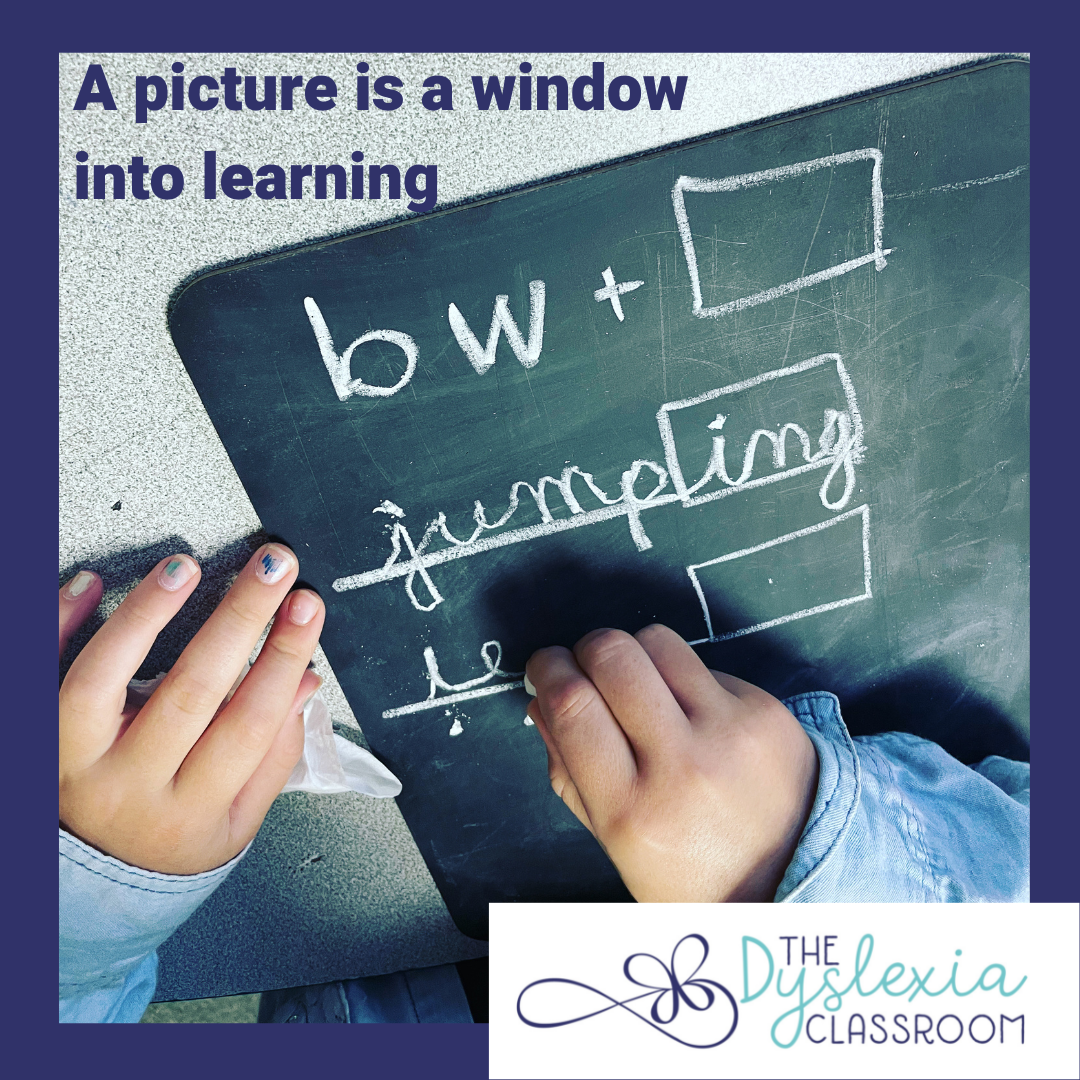
There is so much happening in this simple snapshot of a spelling dictation within a lesson! While this portion of the lesson is generally 5-7 minutes, you can see how much is covered and reinforced - a lot!
Multi-Sensory Handwriting
Our goal is to always move towards the automaticity and fluidity of writing. We can promote the practice of letter formation strokes in a multi-sensory way (chalk, sand trays, play dough, sandpaper, shaving cream, etc.). Practicing letter formations, the same way, creates the muscle memory needed to make handwriting automatic.
When students have labored handwriting, it impacts their ability to focus on the higher-level writing tasks because th...
Assisting Students Who Struggle With Reversals
One of the biggest questions that I get asked from parents and educators is about the link between reversals and dyslexia.
Dyslexia is not a problem with vision. Many children reverse letters as they begin to learn to read and write. Some children may have vision issues as well, such as convergence insufficiency, but vision problems are not the primary cause of dyslexia and therefore treating dyslexia through approaches like colored lenses and eye exercises are not appropriate ways to treat dyslexia.
The American Academy of Pediatrics, the Council on Children with Disabilities, and the American Academy of Ophthalmology published a joint statement summarizing what is currently known about visual problems and dyslexia. The statement also covers what treatments are and are not recommended when diagnosing and treating vision problems, learning disabilities, and dyslexia.
You can read the full joint statement HERE.
Now, you may be wondering why some children struggle with reversals an...
Quick Guide for Cursive Instruction
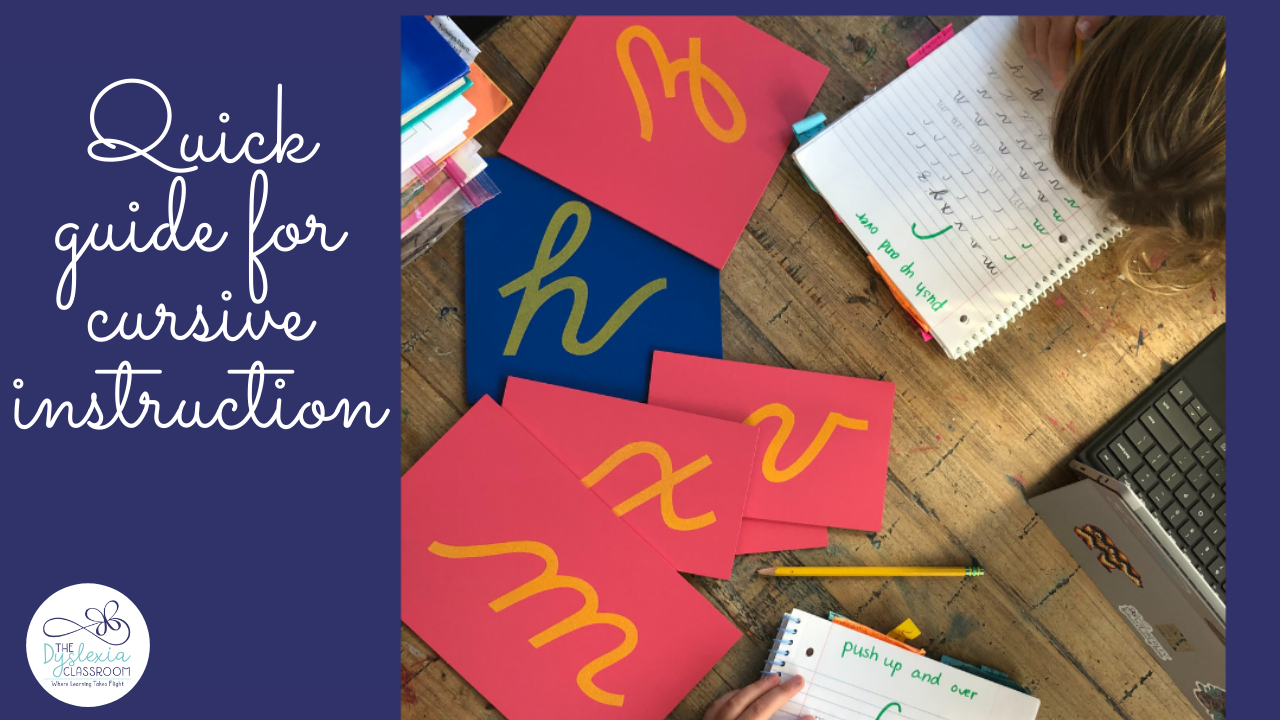
Hi, friends. Recently, we chatted about the importance of understanding the four parts of a letter, including letter formation in print. This week, we will dive into cursive, which is always a favorite with students!
Summer is a great time for handwriting practice. Explicitly teaching letter formation is a crucial part for automaticity in writing. Handwriting instruction should lead in the early grades and provide ample opportunities to practice explicitly taught letters. Further in this post, I explore some ways you can do this in your practice.
Why is handwriting so important?
We know that the knowledge of letter names and fluency of letter naming in kindergarten are among the best predictors of later reading success (Catts et al., 2015). Handwriting helps students store letters as linguistic symbols. 📝 When students have the precise motor sequence for forming each letter, it is automated and recalled without conscious effort. This automaticity leaves mental energy for the writt...
Do You Know the 4 Properties of a Letter?

Hi, friends. Just this week, one of my middle schoolers was impressed with my handwriting and exclaimed. "Your handwriting is so pretty! How do you do that?"
Have your students ever asked you, "How can you write so quickly?" or "How can you write without looking at the letters?" These are questions that have been repeatedly asked by my students over the years, especially my older students who struggle with letter formation and handwriting fluency.
When I think about how I learned to write letters, my mind goes back to my kindergarten teacher, Mrs. Katz. We had half-day kindergarten that consisted of lots of direct teaching followed by hands-on application and practice that felt a lot like play.
One of the activities she did with us to help with letter formation was to teach the letter strokes using verbal cues, skywriting, and, my favorite, circle writing. She used to have us form a circle where we would face our peer's back. She would then give us a sound. We would say the sound,...
Using Sand Trays for Multisensory Handwriting Practice

Summer is a wonderful time to relax and play in the sand. Using sand trays is a fantastic way to sneak in some multisensory pre-writing strokes and handwriting practice!
I have found that students of all ages love to use the sand tray in our therapy sessions. The use of sand trays provide kinesthetic practice for pre-writing letter formation and letter practice. The drag, or pull, in the sand helps build connections for the learner through what we refer to as multisensory practice, or when we are engaging at least three of the senses at the same time. When we use multiple senses at the same time, we have a higher chance of retaining the information.

Setting up a Sand Tray
-
Sand trays can be made with any kind of flat tray with sides (to keep the sand inside). I like cookie trays as they are magnetic, stackable, and reasonably priced. I painted my trays with black chalkboard paint prior to provide contrast in color - bonus is that they can be used as chalkboards too! (I LOVE to
...



